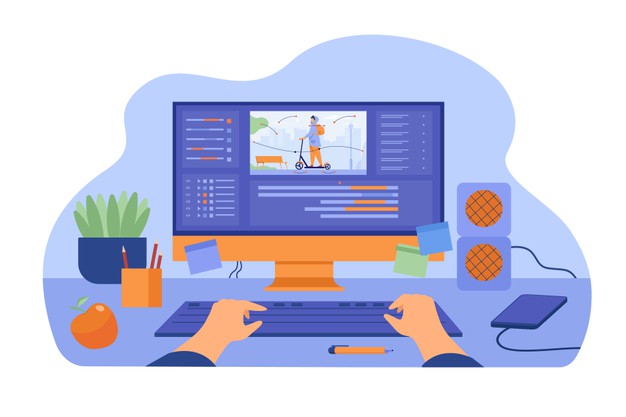SEO professionals need to know the working of the HTTP protocol and how it affects search engine scanning and indexing of internet pages. The HTTP standard, a status code, and a very brief text matching the status code comprise the status line.
What is a status code?
A server issues status codes by a request of the client to the site. It contains codes from IETF Request for Comments (RFCs), other standards, and additional regulations used in specific HTTP programs. The very first number of the status code denotes one of five standard answer types. The displayed message words are expected, although any human-readable variation may be given. Unless otherwise specified, the status code is part of the HTTP/1.1 specification (RFC 7231).
Most developers craft websites for efficacy, but error pages are inevitable in web design So, developers must integrate them and not rely on a server’s automatically generated pages
Types of HTTP Status Codes:
All HTTP response status codes are classified into five groups or classes. The initial digit of the status code explains the type of answer, whereas the final two numbers have no part in defining or categorizing. The standard defines the following five classes:
- 1xx informative answer – the request was acknowledged; the procedure is ongoing.
- 2xx successful – the request was acknowledged, comprehended, and accepted.
- 3xx redirection – more action is required to complete the demand
- 4xx client error – the request includes incorrect syntax or is unable to be fulfilled
- 5xx server error – the server failed to uphold what seemed to be a legitimate request.
Some Codes of Each Class:
-
1xx informative answer
It is granted temporarily while the request is being processed. It informs the client that they must wait for a final response.
- 100 Continue- The server has received the request headers, and the client should now submit the requested content (only in case when the body is required).
- 101 Protocols for Switching- The applicant has requested the server swap protocols, and the server has consented.
- 103 Preliminary Suggestions (RFC 8297)- Several response headers are returned before the final HTTP message.
-
2xx successful
- 200 Status Code- Success Indicator. This is the most appropriate status code for specific, functional pages. Such connected pages are visited by visitors, bots, and link equity.
- 201 Produced- The request has been completed, and a new resource has been created as a consequence.
- 202 Accepted- The request was approved for execution, but it has not yet been finished. The demand may or may not be acted on, and it may be denied when processed.
-
3xx redirection
- The 301 Status Code denotes a permanent redirection. This code indicates that a web page has been completely replaced with another site. You may redirect traffic from one place to another using redirect. While making modifications and just directing users to the correct place of your site, make sure to have a good SEO.
- Status Code 302: Temporary Redirection. This code indicates that the browser’s demand for a web design page was fulfilled, but the URL or material was momentarily relocated.
- 304 Status Code: Has Not Been Modified. This HTTP response code causes an implicit reference to a cached version of the requested material.
-
4xx client error
- Unauthorized Error: 401 Status Code- This means that the browser’s query could not be verified. The consumer may have given authentication, yet the client is not authorized to access the requested resource.
- Forbidden Error 403 Status Code- The server comprehended the request, but it refused to allow it. When the users attempt to access something they do not have the authorization to access, this code is delivered.
- 404 Status Code: Page Could Not Be Found- Assume someone attempts to reach example.com/news-events, but the news section is empty.
-
5xx server error
- Error 500 on the server- When an unanticipated circumstance occurs, no more particular error message is appropriate; a generic error message is issued.
- 501 Not Implemented – The server either doesn’t understand the request method or can’t handle it. In most cases, this denotes that the item will be available shortly
- Lousy Gateway: 502- The upstream server sent an incorrect answer to the server serving as a gateway or proxy.
These are only a few codes from the above five classes; there are plenty of them.
HTTP Status Code Setup Ways:
-
setStatus public void (intstatusCode )
This function generates a random status code. The setStatus method accepts an int as an input (the status code).
-
sendRedirect, a public void function (String URL)
This method returns a 302 response with a Location header containing the new statement’s URL.
-
sendError, a public void function (int code, String message)
This method provides a status code (typically 404) and a brief message to the client, which is appropriately prepared and delivered as an HTML page.
This code indicates that the browser’s demand for a web design page was fulfilled, but the URL or material was momentarily relocated.









